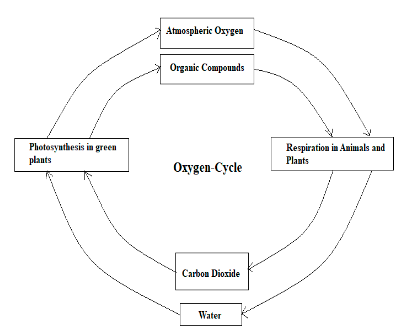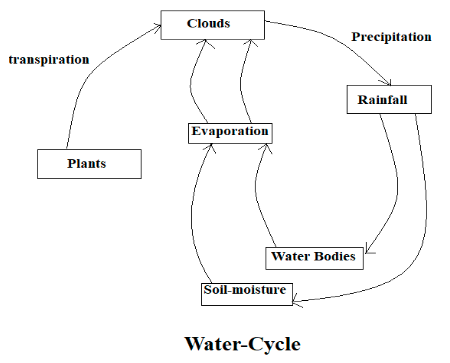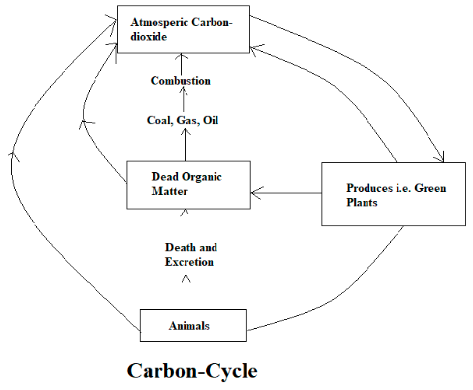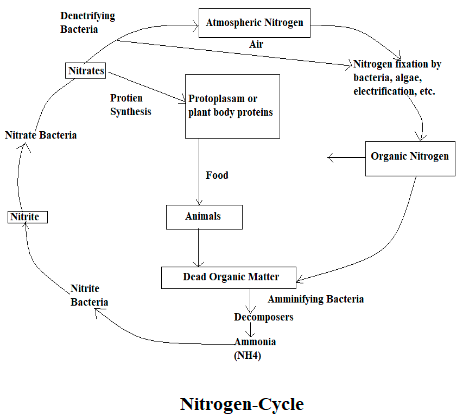How did we get here? This is a question that has been asked by humans since the beginning of time. In this blog post, we will take a comprehensive look at the origin and evolution of life on Earth. We will explore how our planet formed, and how life evolved. We will also discuss the theories of Charles Darwin and other scientists who have studied this topic. So sit back and let’s begin our journey through the Origin & Evolution of Life!
Origin and evolution
The Origin & evolution of man on Earth is a complex topic. It is one that scientists are still attempting to understand. There are many theories about how life began and how it has evolved. The Origin and evolution of man is also a complex topic. Scientists are still trying to determine how man came to be and how he has evolved.
Theories of Origin and Evolution of Earth
The scientific community has long debated the origin and evolution of our planet.
- The early theories of origin were based on religious beliefs. Nebular Hypothesis was the first scientific theory that proposed the origin of our solar system.
- It was developed by Immanuel Kant and Pierre-Simon Laplace in the late 18th century. The theory states that our solar system was formed from a rotating cloud of dust and gas called the solar nebula.
- As the nebula rotated, it began to flatten and form a disk. The centre of the disk became increasingly hotter and denser, eventually forming the sun.
- The planets formed from the remaining material in the disk.
The Modern theories of origin and evolution of earth
The two most popular theories are the Big Bang Theory and the Steady State Theory.
The Big Bang Theory:
- The Big Bang Theory is the most widely accepted theory of the origin of the universe. It states that the universe was created in a single moment about 13. Also, according to the Big Bang Theory, the universe has been expanding ever since.
- The Steady-State Theory is an alternative to the Big Bang Theory. It states that the universe has always existed and will continue to exist forever. The theory was developed in the 1940s by Fred Hoyle, Thomas Gold, and Hermann Bondi.
Evolution Of Earth
Made up of hydrogen and helium, our Earth is thought to have formed around four and a half billion years ago when gravity caused matter to clump together. Over time, the Earth cooled and became solid, with a crust, mantle, and core. Early in its history, the Earth was bombarded by comets and asteroids, which might have brought water and organic molecules to the surface. The first single-celled life is thought to have appeared on Earth around three and a half billion years ago.
Evolution of Earth includes:
- Lithosphere: The solid outer layer of the Earth that includes the crust.
- Atmosphere: The gaseous envelope surrounding the Earth.
- Hydrosphere: The water component of the Earth.
- Biosphere: The total of all ecosystems on Earth.
The Origin of Man
The most widely accepted theory is that modern humans evolved from a species of Homo erectus. Homo erectus was a primitive human ancestor that lived in Africa and Asia about two million years ago.
Here are the several stages involved in the evolution of man:
- Dryopethicus: The first step in human evolution occurred about seven million years ago when a primate species called Dryopethicus evolved from an animal ancestor.
- Ramapithecus: The next step occurred about five million years ago when a primate species called Ramapithecus evolved from Dryopethicus.
- Homo Habilis: The third step occurred about four million years ago when a primate species called Homo habilis evolved from Ramapithecus.
- Homo Erectus: The fourth and final step occurred about two million years ago when a primate species called Homo erectus evolved from Homo habilis.
- Homo sapiens: The fifth and final step occurred about 200,000 years ago when a primate species called Homo sapiens (modern humans) evolved from Homo erectus.
Conclusion
In conclusion, the study of life and its origins are a complex and ever-evolving field. While there are many unanswered questions about the journey of life on Earth and the origin and evolution of man, scientists continue to make progress in understanding how all forms of life came to be. It is important for students to be aware of the current research in this area and to think critically about new theories and findings. We hope that you have found this article helpful and informative. If you have any questions or comments, please feel free to leave them below.

Water Cycle
Due to the heat of the sun water evaporates from lakes, seas, rivers, and other water bodies; this process is known as evaporation, water also evaporates from the plant’s leaves, which is known as transpiration. As the water rises from lakes, seas, rivers, and other water bodies in the atmosphere, it gets cool and condenses to form clouds as a continuous process of evaporation and condensation, gradually the clouds get heavy, and as a result, precipitation occurs in the form of rain. And this rainwater is stored in any of the following reservoirs such as the ocean, soils, glaciers, under the Earth’s surface as groundwater, lakes, snowfields, etc.

Carbon-Cycle
The carbon concentration in the atmosphere is about 0.03%. Circulation of carbon from the atmosphere to the biosphere, hydrosphere, lithosphere, and returns to the atmosphere is known as the carbon cycle. The carbon from the atmosphere enters into the plants through photosynthesis for synthesizing food particles, when the plants are consumed by terrestrial organisms, carbon dioxide enters them. When these terrestrial organisms die the carbon dioxide enters the soil. Carbon dioxide enters into the water as carbonates, which helps the aquatic plants to perform photosynthesis. CO2 returns to the atmosphere from fossil fuel, from respiration of animals, the release of smoke from vehicles, from the burning of wood. If CO2 increases in the atmosphere it disturbs the natural carbon cycle.

Nitrogen Cycle
The atmosphere is made up of 78% Nitrogen; we need nitrogen for DNA and proteins. Nitrogen that is available in the atmosphere cannot be directly consumed by plants, they can consume the nitrogen when it is fixed i.e. when combined with other elements like carbon, hydrogen, and oxygen. By the action of denitrifying bacteria, nitrogen is spontaneously entering into the air and through the action of electrification and lightning, nitrogen is entering into the soil.

Conclusion
It is to conclude that the biochemical cycle in an ecosystem is defined as the transformation and transport of chemicals in ecosystems. In wetlands, by unique hydrological conditions, biogeochemical cycles are strongly influenced. There are four main important biogeochemical cycles in the ecosystem are oxygen cycle, water cycle or hydrologic, carbon cycle, and nitrogen cycle
 Profile
Profile Settings
Settings Refer your friends
Refer your friends Sign out
Sign out




